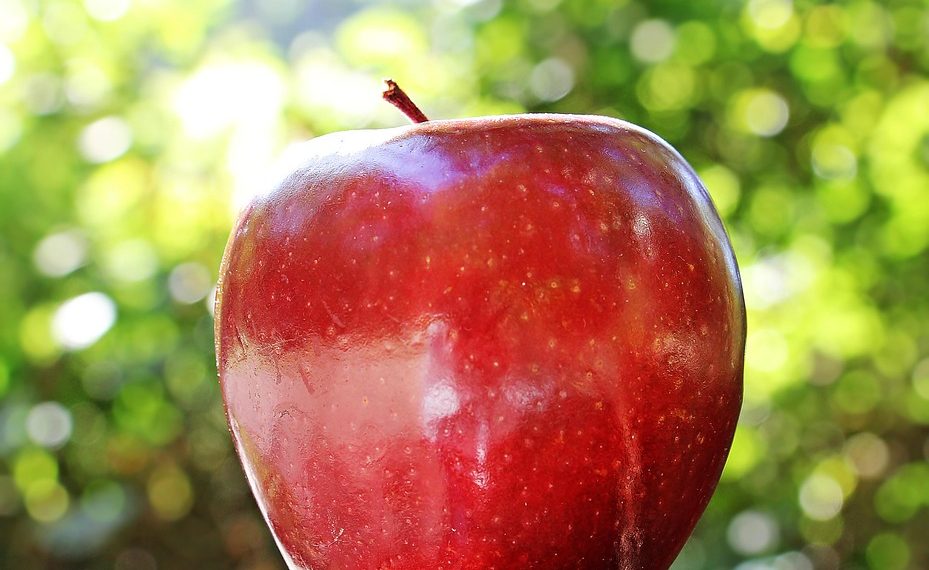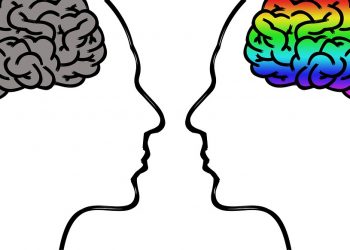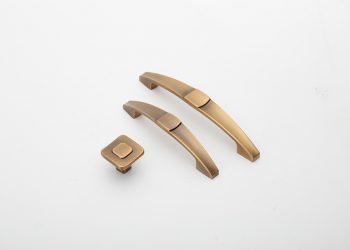Contents
5 Ways Apple Can Enhance Your Sleep Quality
Feel that familiar pull of exhaustion creeping in after a long day? You’re not alone. Sleep seems to elude many of us, often leaving us tossing and turning, staring at the clock while worrying about tomorrow. Luckily, your trusty Apple devices might just hold the key to a better night’s rest. Here, we dive into five ways Apple can help transform those restless nights into peaceful slumbers.
1. Use Night Shift for Soothing Screen Time
Ever pulled out your phone late at night, only to find the bright screen jarring on your eyes? Our devices often shine like beacons, disrupting the body’s natural sleep cycles. Night Shift, a feature on Apple devices, adjusts the colors of your display to warmer hues during the evening, effectively reducing blue light exposure.
Why it Matters: Blue light can inhibit melatonin production, a hormone integral to sleep. Research suggests that reducing blue light exposure can lead to improved sleep quality (Harvard Health Publishing, 2020).
Limitations: While Night Shift can help reduce eye strain, it won’t eliminate the urge to scroll. Setting boundaries around screen time is just as important.
2. Track Sleep Patterns with the Health App
Apple’s Health app not only logs your physical activity but also allows you to track your sleep habits. By integrating data from your Apple Watch, you can monitor your sleep cycles, including periods of deep and light sleep.
The Insight: Understanding your sleep patterns can help you identify factors that may be affecting your rest. In one study, participants who monitored their sleep experienced improved sleep quality (Lund & Reider, 2016).
Caveats: While the data can provide insight, it’s essential to consult a healthcare provider if persistent sleep issues arise. The app isn’t a replacement for professional advice.
3. Utilize Sleep Focus Mode
When do you find yourself most distracted? It’s often during those late-night hours when work emails or social media notifications pull your attention away from rest. Enter Sleep Focus Mode. This feature allows you to schedule specific times during which notifications are silenced, fostering a more focused environment for relaxation before bed.
Impact: A study published in the Journal of Clinical Sleep Medicine found that creating a calm pre-sleep environment can significantly enhance sleep quality (Casado et al., 2022).
Caution: Make sure the feature is tuned to your preferences. A healthy routine means no distractions, but also ensuring important notifications reach you if necessary.
4. Explore Bedtime Reminders
Have you ever lost track of time at night, only to realize it’s well past your usual bedtime? Apple’s Bedtime feature, part of the Clock app, allows you to set reminders to prepare for sleep. This feature encourages you to wind down and establishes a consistent bedtime routine.
Evidence of Efficacy: Establishing bedtime routines has been linked with improved sleep outcomes (Hirshkowitz et al., 2015). People with regular schedules typically report feeling more refreshed when they wake up.
Considerations: While reminders can help establish a routine, the challenge often lies in sticking to it. Building a pre-sleep ritual might involve gradual adjustments and persistence.
5. Leverage Sleep Sounds for Atmosphere
Finding the right soundtrack for sleep can be quite personal. Apple Music and the built-in Clock app offer various soundscapes, from calming white noise to soothing nature sounds. These can mask disruptive noises and create a serene atmosphere conducive to falling asleep.
Supportive Research: White noise and certain soundscapes can improve sleep quality by promoting relaxation (Killeen, 2019).
Limitations: What works for one person may not work for another. It might take some experimentation to find the sounds that lull you to sleep best, and some individuals may find silence more beneficial.
FAQs
1. Can I really trust my Apple Watch sleep data?
While the Apple Watch provides valuable insights into your sleep patterns, it’s not a medical device. Accuracy can vary, so consider it a guide rather than an absolute indicator.
2. How can I best use Night Shift?
Activate Night Shift in your display settings to automatically adjust the color temperature as evening sets in. For best results, avoid using screens an hour before bed altogether.
3. What if I still can’t sleep?
If sleep disturbances persist, reach out to a healthcare professional. While these tools can aid in sleep hygiene, they don’t substitute for medical advice.
4. Are sleep sounds effective for everyone?
Not everyone will respond positively to soundscapes. It may take some trial and error to determine what works best for you, or you may find silence preferable.
Conclusion
Transforming your nights into restful experiences may feel like a challenge, but with Apple’s suite of features and apps, managing your sleep quality can be more attainable. Implementing simple changes—from adjusting your screen settings to cultivating a consistent bedtime routine—can lead to significant improvements over time.
If sleepless nights have become a common occurrence, consider these tools not just as technological aids, but as components of a broader journey toward better rest. Your evenings—and ultimately, your days—might just be more manageable with a little help from your favorite Apple devices.
References
- Harvard Health Publishing. (2020). Blue light has a dark side. URL: https://www.health.harvard.edu/staying-healthy/blue-light-has-a-dark-side
- Lund, H. G., & Reider, B. D. (2016). Sleep Patterns and predictors of disturbed sleep in children and adolescents. Journal of Clinical Sleep Medicine, 12(12), 1645-1650. URL: https://jcsm.aasm.org/doi/10.5664/jcsm.6284
- Casado, A., et al. (2022). Sleep hygiene practices enhance sleep quality. Journal of Clinical Sleep Medicine. URL: https://jcsm.aasm.org/doi/10.5664/jcsm.9961
- Hirshkowitz, M., et al. (2015). National Sleep Foundation’s sleep time duration recommendations: methodology and results summary. Sleep Health, 1(1), 40-43. URL: https://www.sleephealthjournal.org/article/S2352-7218(15)00012-4/fulltext
- Killeen, T. (2019). The effects of white noise on sleep quality. Journal of Sleep Research. URL: https://onlinelibrary.wiley.com/doi/abs/10.1111/jsr.12911
Get Your FREE Natural Health Guide!
Subscribe now and receive our exclusive ebook packed with natural health tips, practical wellness advice, and easy lifestyle changes — delivered straight to your inbox.














